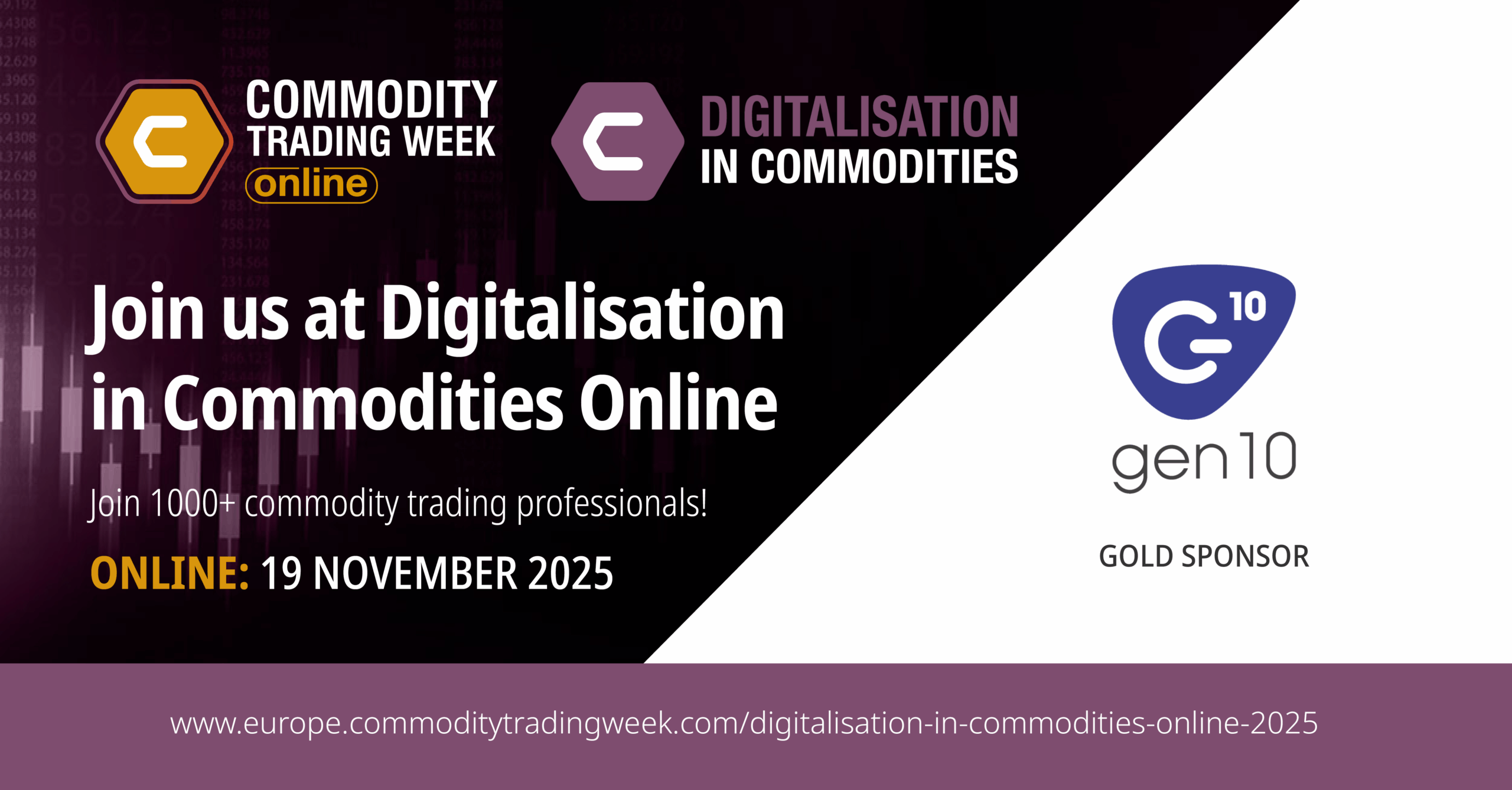The commodities industry has a CTRM problem. Until this year, issues with legacy CTRM systems were widely discussed at industry events and conferences but improvements have been slow to emerge. Now, with the disruptive events of 2020, businesses have no choice but to innovate, and are finding that when they do, not only is the implementation less challenging than they believed, but that the technology conveys far more benefits than they initially expected.
As an example, below we explore what makes Gen10’s CommOS quick to implement and how it solves the challenges of data visibility, managing operations and mitigating risk. CommOS is an ecosystem of commodity management apps that work with your existing technology to solve a specific problem quickly or as a complete cloud CTRM that also integrates with your other systems.
How is this digital transformation achieved?
We have identified the five key success factors that make Gen10 implementations so successful for our clients:
- Cloud
- User experience
- Configurability
- Systems integration
- The team
Cloud
Cloud technology makes rapid remote implementations possible and enables end users to access their system securely from anywhere. Cloud systems mean you don’t need to invest in on-site infrastructure and maintenance, and we can update your system with new features remotely so you always have the most up-to-date technology.
Cloud systems are resilient and scalable; you only pay for what you need, when you need it and can easily increase capabilities as your business grows without paying for additional hardware. And resilience is also important for providing value; Gen10 host our cloud commodity management on Amazon’s AWS, which uses load-balancers to ensure the best processing for users and manages technical issues with no front-end disruption.
User experience
An intuitive user experience is essential for gaining initial buy-in to new technology and ensuring your team uses the system to its full advantage. If users find it too complicated or need to work around its limitations, they revert to managing contracts offline – bringing back the issues of miscalculations, mistakes and copying errors that digital transformation is so effective at addressing.
As well as providing a straightforward, intuitive user experience (as testified by a range of clients) that makes it easy for users to see their next actions, CommOS automates tasks such as calculating pricing, collecting data and compiling reports. This provides users with a better experience by reducing workloads and complexity, and directly contributes to the business gaining the single source of truth they need to make better, data-driven decisions.
But with so many processes involved, and each organisation having a slightly different way of doing business, how do we ensure that everybody benefits from a user experience that works the way they do? This is where configurability comes in.
Workflows and configurability
Our workflow engine is the sum of 20 years’ experience in developing successful commodity management platforms. The workflow engine powers the automation within CommOS and allows us to configure the system operating procedures to your real-world workflows without custom development work. Users therefore follow your processes as standard, aided by automation and directed by your workflows.
Tools brought into the process flows include operations, document management and invoicing & settlement. For example, calendars are populated with deadlines based on your system rules and shipment dates, and controls ensure actions are only taken at the appropriate stages based on others’ actions and events, such as receiving a payment or contract approval.
The pricing engine automates valuation, provisional invoicing, pdf documents and more, again based on your own rules. Combining this with the workflows, approval processes and credit checks creates a transparent audit trail that gives you control and confidence in the billing process.
Systems integration
Gen10 solutions are collaborative by design, meaning that they integrate and share live data with each other, as well as with your other commodity management and accounting systems, to create a technology ecosystem. This ecosystem approach gives your people better access to the data they need whenever they need it, and in their chosen format.
And data-sharing goes beyond improving connections between front-, middle- and back-office teams; collaboration can also be improved by better data flows with external business partners in diverse, complex supply chains.
People no longer need to manually copy information between systems so they can be confident that the information they are using is both accurate and up to date, and everything is brought together for management to monitor the business’ performance. You have the confidence that your team have the processes and the tools to do their jobs effectively, which means you can rely on the data and reports that are automatically generated.
The team
It is the team created between Gen10 and our clients that makes our technology projects so successful. We work closely with our clients to understand their business, align cultures and get everybody in sync. Teambuilding combines Gen10’s strong development and deep domain knowledge with our clients’ industry expertise, coordinated by an expert implementations and support team.
These five pillars underpin the Gen10 approach to implementations and ongoing client success. They provide our clients with a quicker implementation project and a collaborative, integrated technology platform that gives your people access to reliable data, the ability to create their own reports and a configurable system that takes commodity management beyond the traditional CTRM.
If your current CTRM does not provide the functionality and collaboration you need to run your business effectively, contact us to see how we can help with your digital transformation projects.



